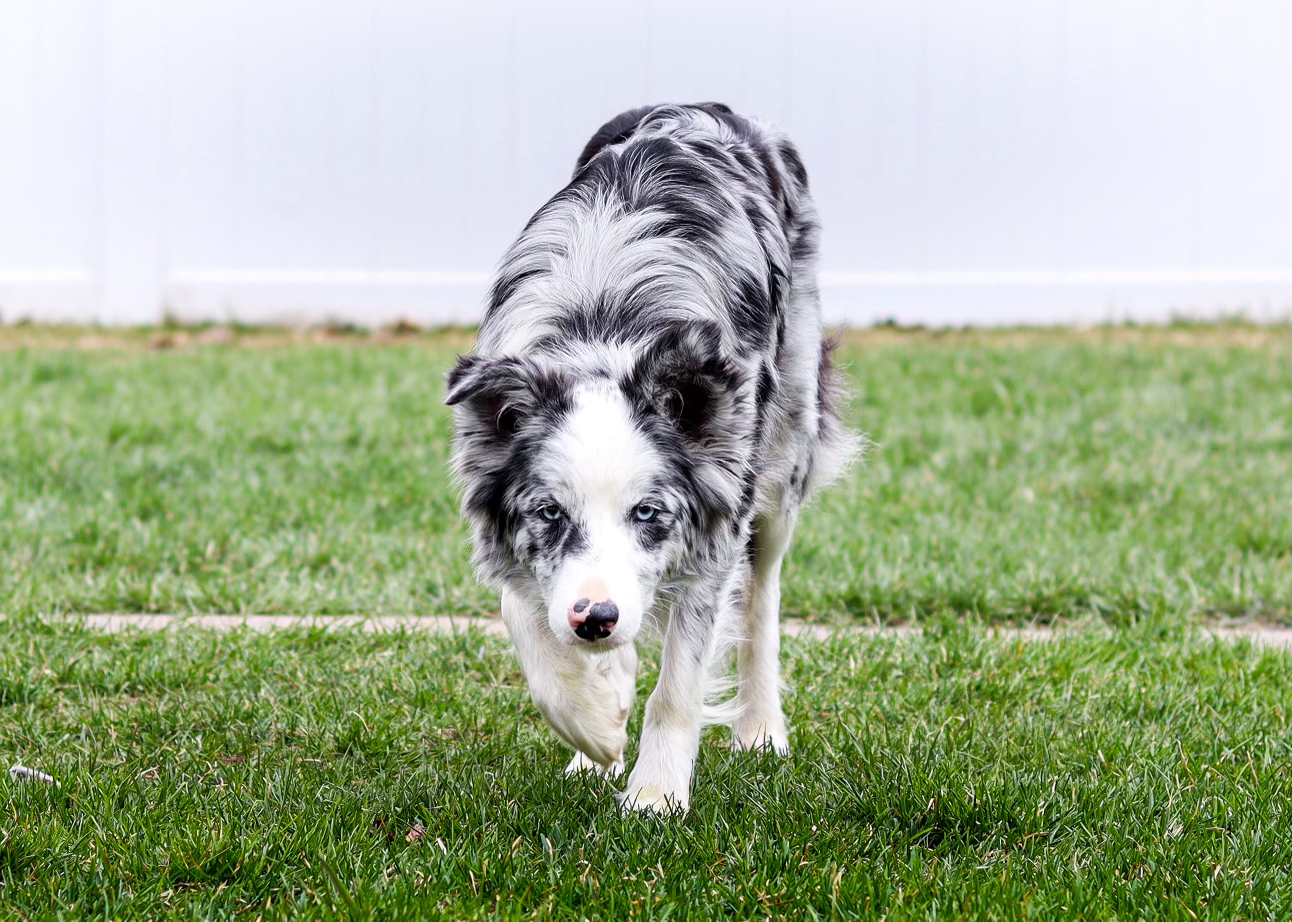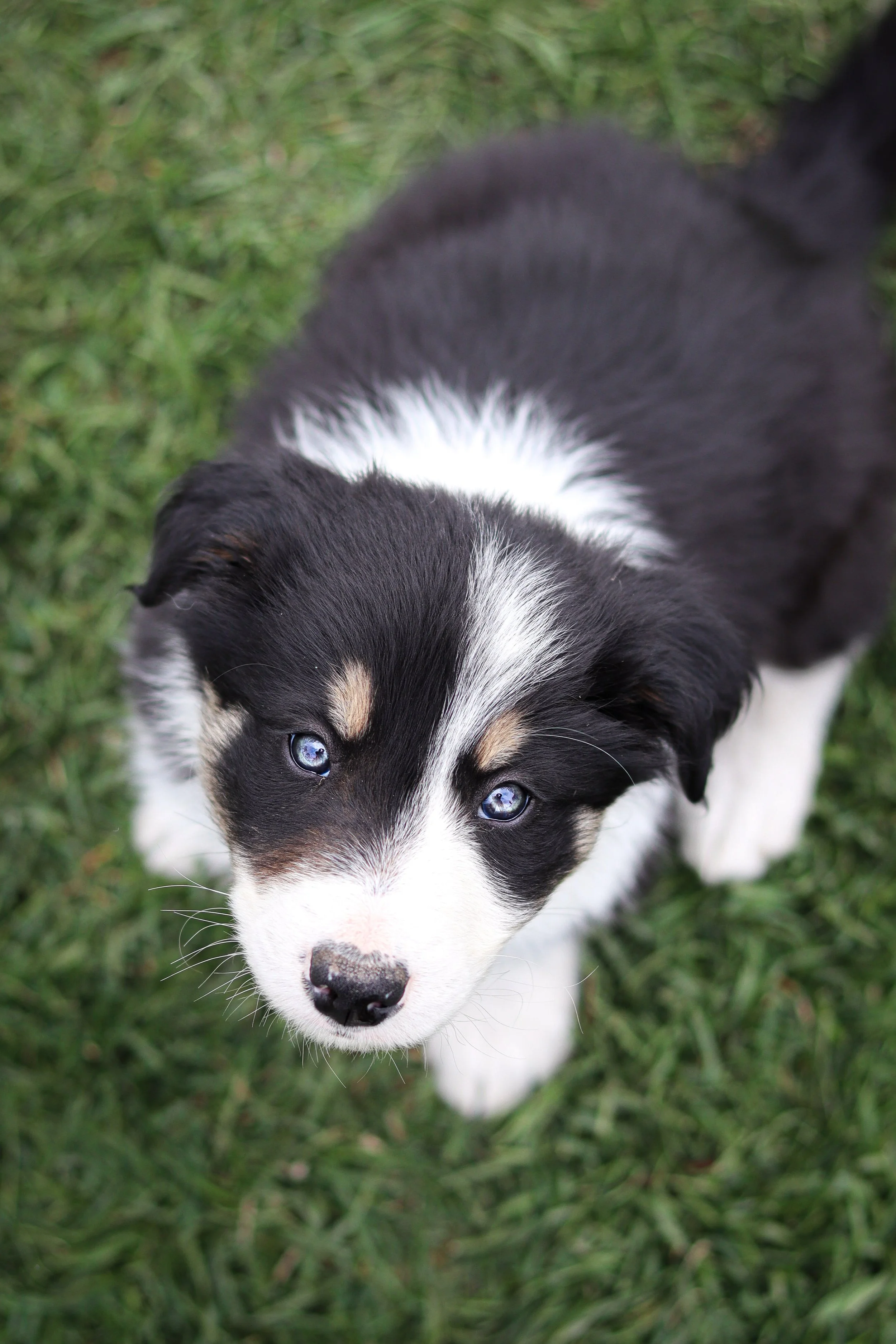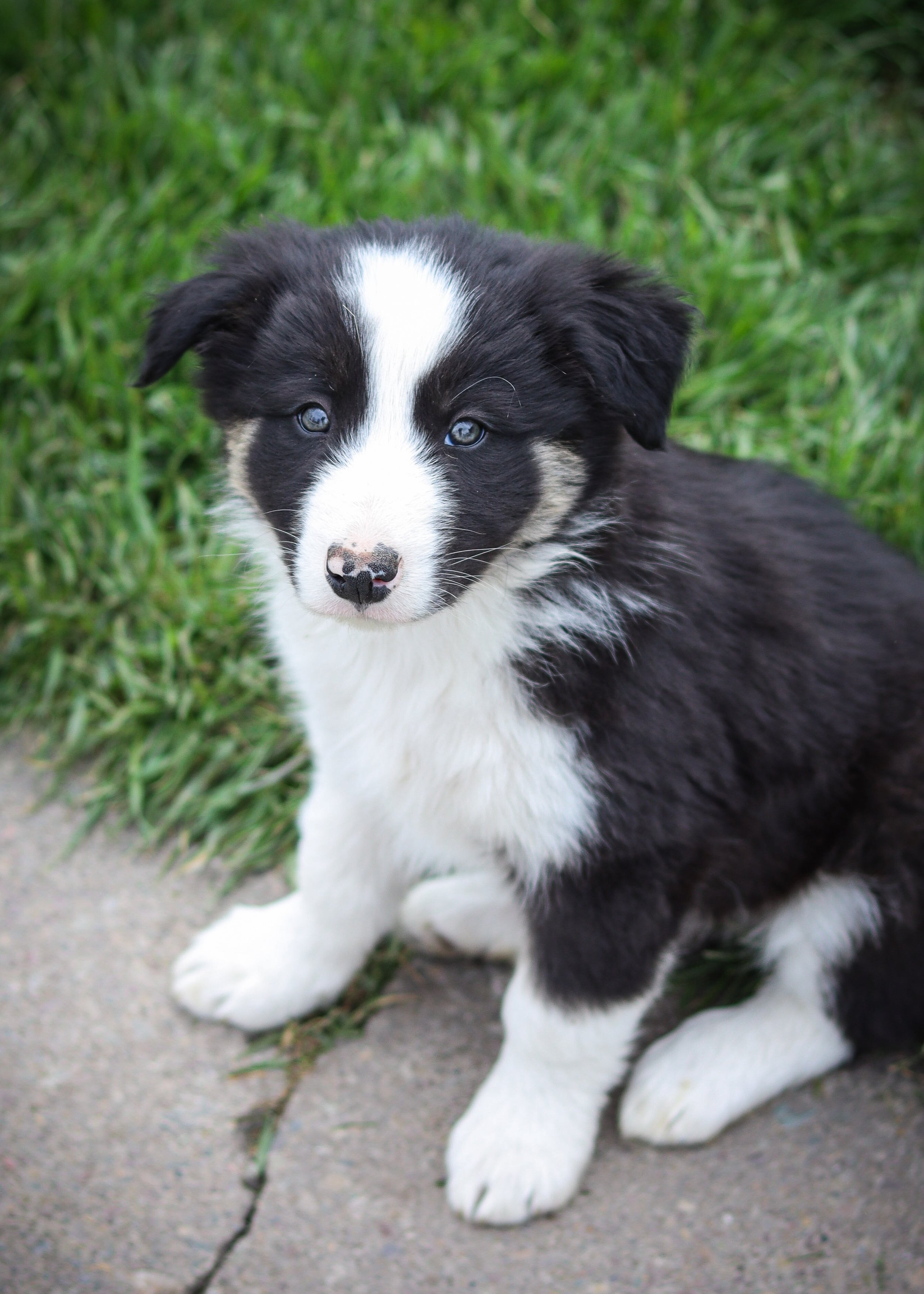pROSPECTIVE BREEDING PLANS FOR Winter 2024
Taff
Ekko x taff
*Please note that breeding plans are just that… plans. And like most plans, they tend to change with the ebb and flow of life.
Planned: Should the breeding have been successful, puppies will be due January 13th, 2025.
Litter: Ekko averages about 6 pups per litter.
Activities: The goal is that the puppies in this litter will have the potential to excel in a variety of homes, such as: working, sports/performance and active companion.
Temperament: medium to high drive, neutral to friendly with a good off-switch and low to medium arousal.
Size: medium 35-45lbs
Coat: medium rough coat
Ready to go home spring 2025
Our waitlist is filling up quickly, so if you’re interested in a puppy from this litter, please fill out an application.
EkKO
Meet the Previous litter
by Rip out of Ekko, whelped 2/25/2024

Poet
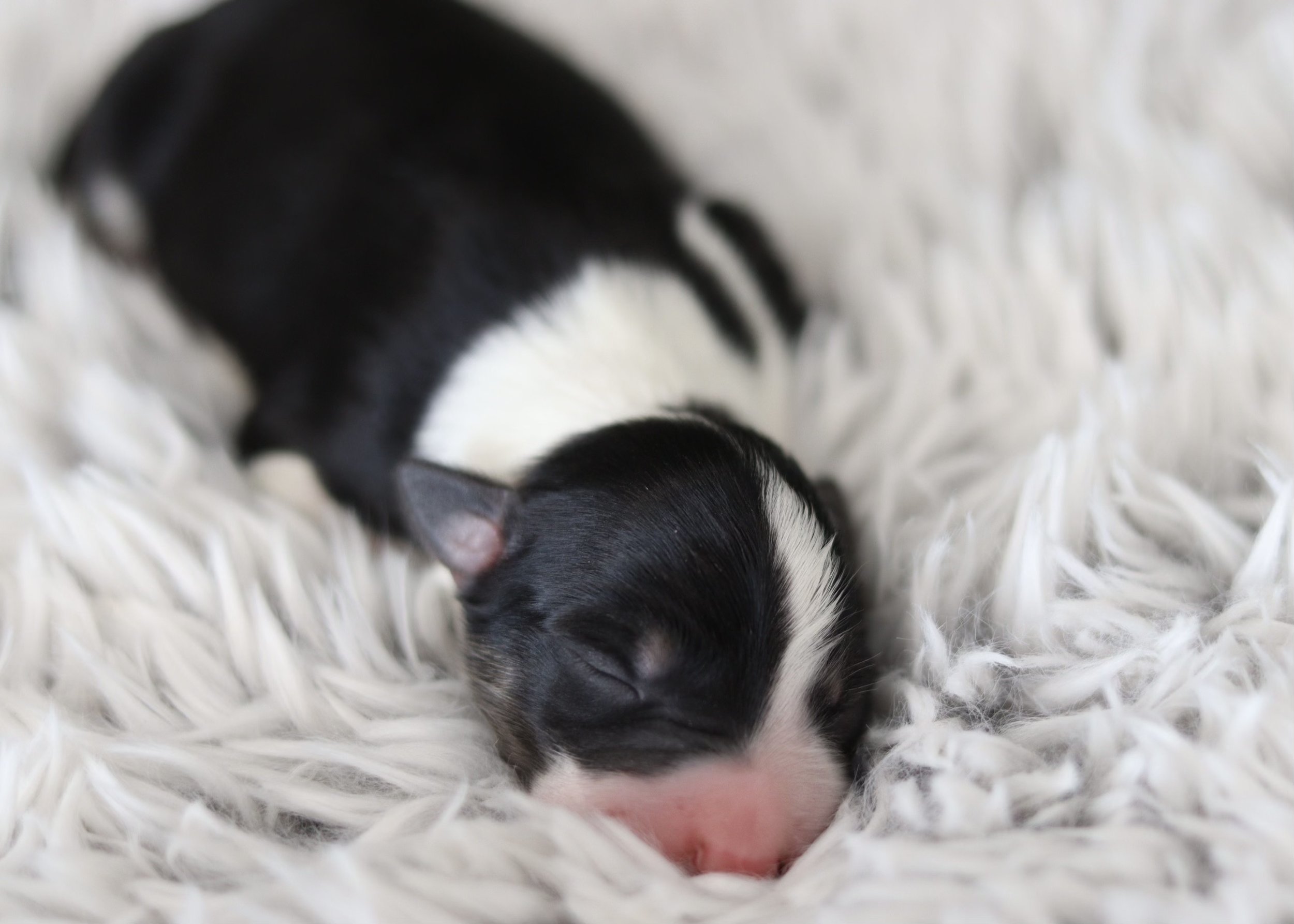
Novel
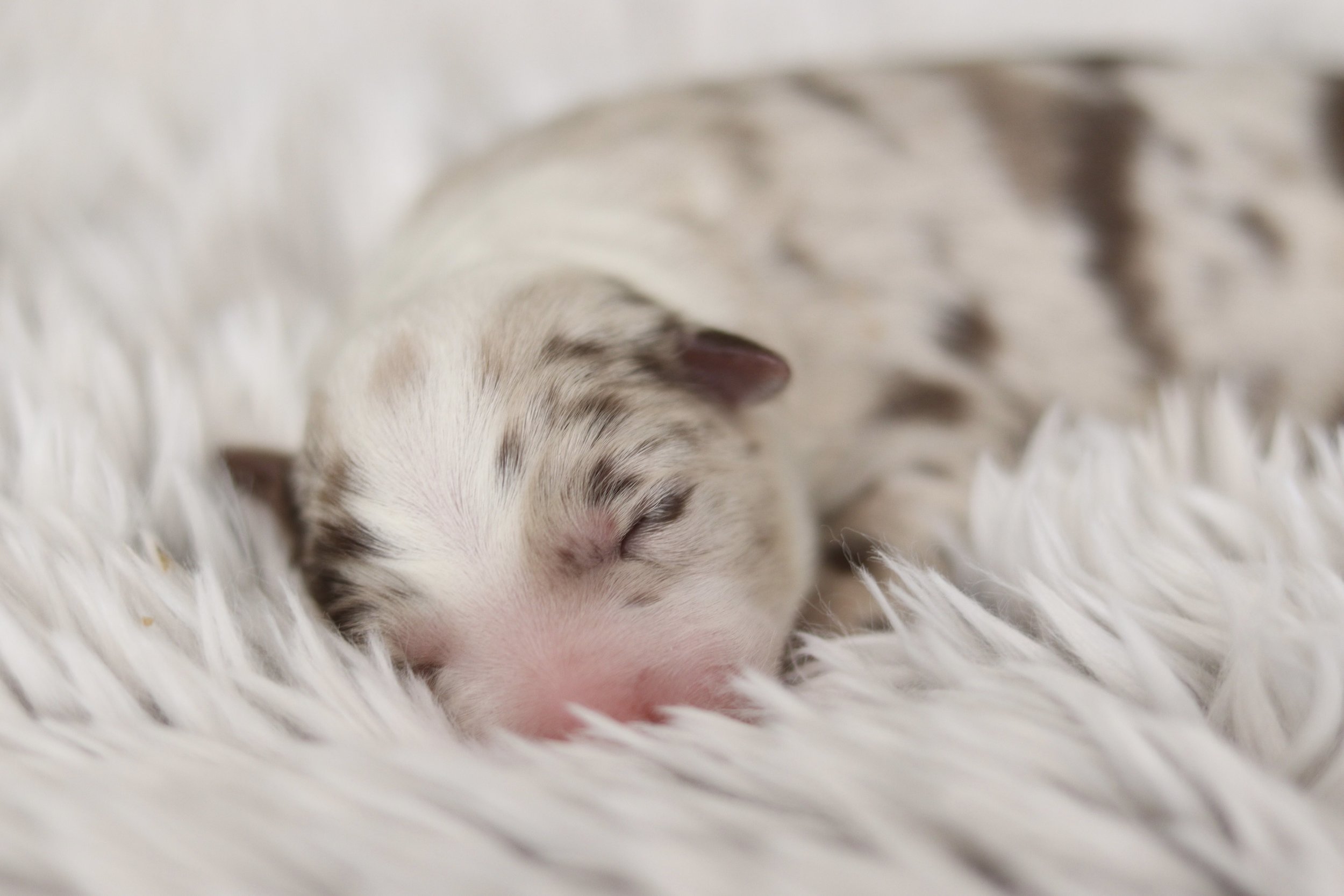
Ode
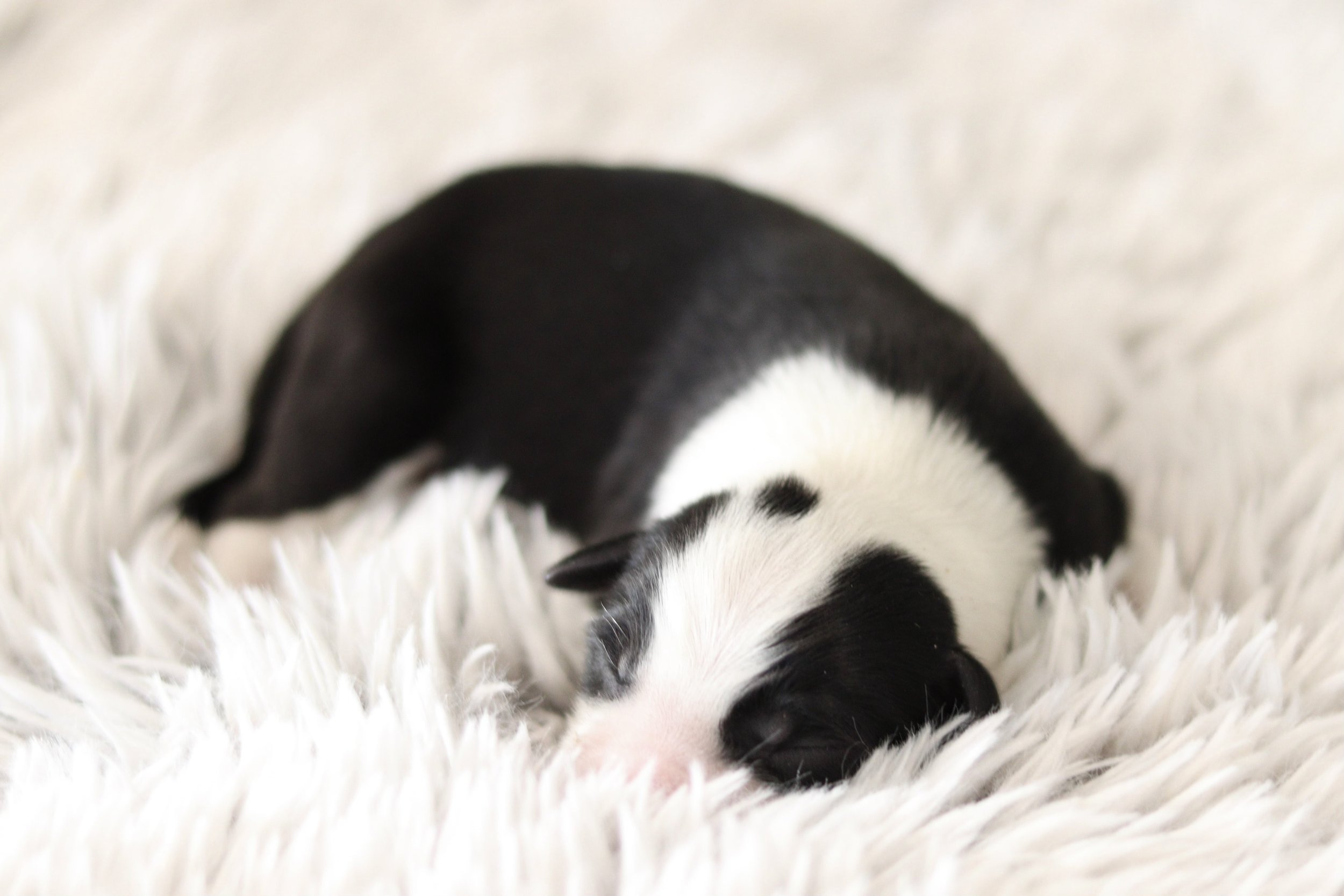
Fable
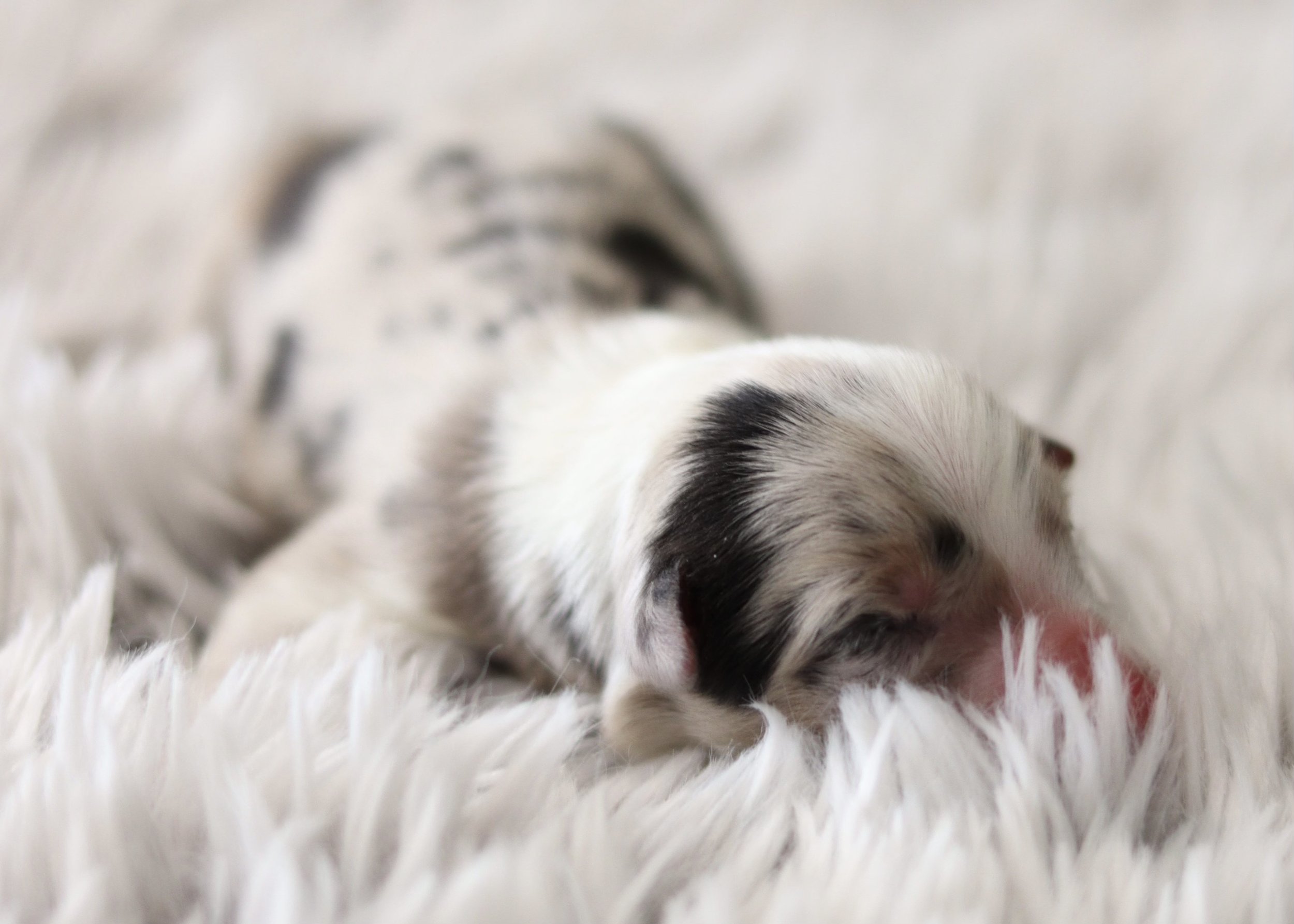
Myth
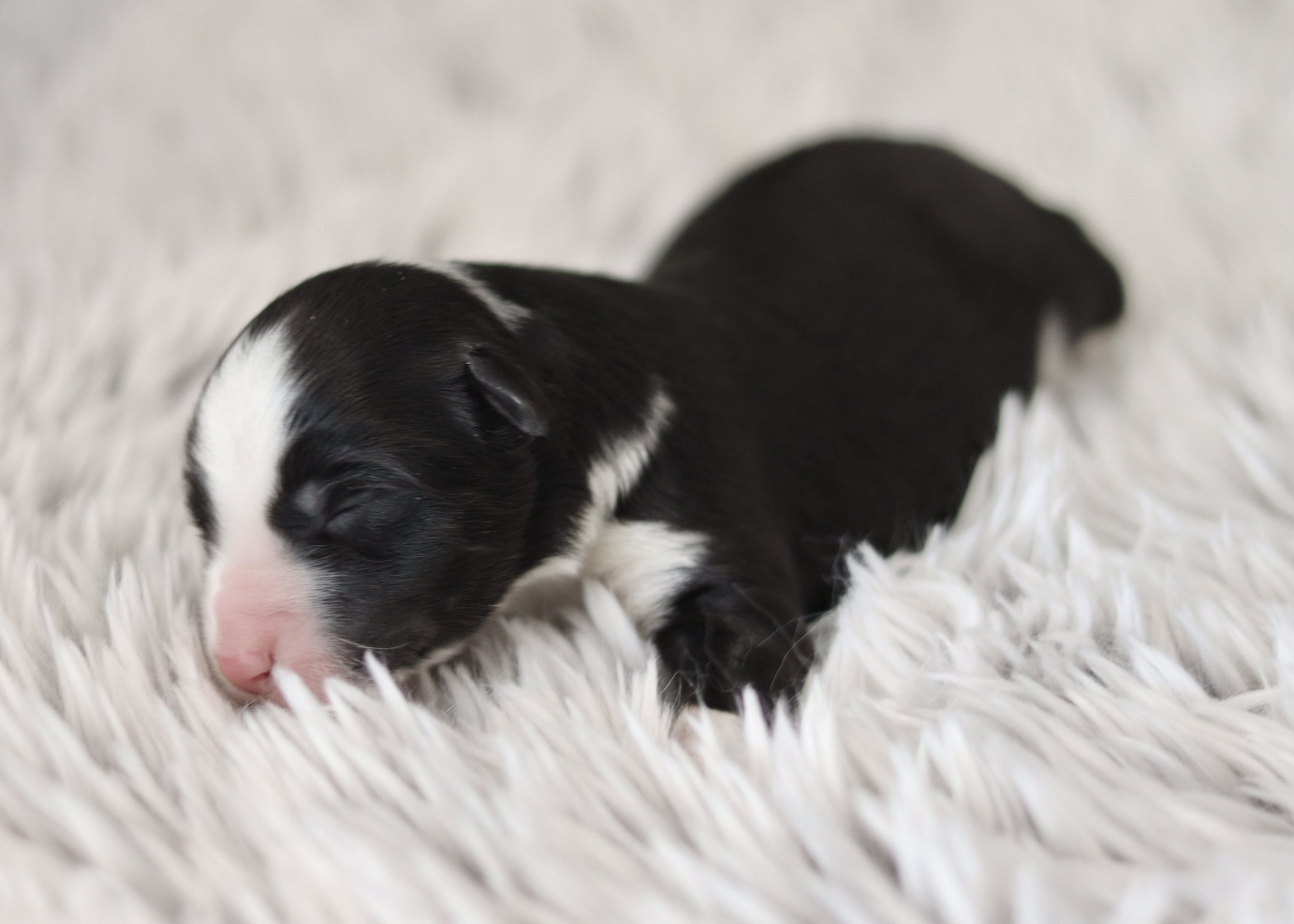
Rhyme
temperament testing
Poet
-
The test are as follows:
• Social Attraction - degree of social attraction to people, confidence or dependence.
• Following - willingness to follow a person.
• Restraint - degree of dominant or submissive tendency, and ease of handling in difficult situations.
• Social Dominance - degree of acceptance of social dominance by a person.
• Elevation - degree of accepting dominance while in a position of no control, such as at the veterinarian or groomer.
• Retrieving - degree of willingness to do something for you. Together with Social Attraction and Following a key indicator for ease or difficulty in training.
• Touch Sensitivity - degree of sensitivity to touch and a key indicator to the type of training equipment required.
• Sound Sensitivity - degree of sensitivity to sound, such as loud noises or thunderstorms.
• Sight Sensitivity - degree of response to a moving object, such as chasing bicycles, children or squirrels.
• Stability - degree of startle response to a strange object.
-
Social attraction: 4 - Interested in the new space, but came ready with his tail down to the tester for pets.
Following: 3 - Followed readily, wagging and tail up, looking at tester.
Restraint: 3 - Settled, struggled, then settled with some eye contact.
Social dominance: 3 - Cuddled up to the tester and wanted to love.
Elevation dominance: 3 - No struggle, relaxed.
Retrieving: 3 - Chased and returned object to tester.
Touch sensitivity: 3 - Five to six seconds before responding.
Sound sensitivity: 3 - Listened and located the sound and went to investigate.
Sight sensitivity: 2 - Looked at and moved toward the object. Put feet and mouth on it.
Stability: 2 - Looked and walked to the umbrella and smelled it cautiously.
Novel
-
The test are as follows:
• Social Attraction - degree of social attraction to people, confidence or dependence.
• Following - willingness to follow a person.
• Restraint - degree of dominant or submissive tendency, and ease of handling in difficult situations.
• Social Dominance - degree of acceptance of social dominance by a person.
• Elevation - degree of accepting dominance while in a position of no control, such as at the veterinarian or groomer.
• Retrieving - degree of willingness to do something for you. Together with Social Attraction and Following a key indicator for ease or difficulty in training.
• Touch Sensitivity - degree of sensitivity to touch and a key indicator to the type of training equipment required.
• Sound Sensitivity - degree of sensitivity to sound, such as loud noises or thunderstorms.
• Sight Sensitivity - degree of response to a moving object, such as chasing bicycles, children or squirrels.
• Stability - degree of startle response to a strange object.
-
Social attraction: 2 - Came readily with tail up to the tester, pawing and wanting all the pets.
Following: 3 - Followed readily, wagging and tail up, looking at the tester.
Restraint: 3 - Settled, struggled, then settled with some eye contact.
Social dominance: 6 - Went away and stayed away.
Elevation dominance: 3 - No struggle, relaxed.
Retrieving: 3 - Chased and returned object to tester.
Touch sensitivity: 3 - Five to six seconds before responding.
Sound sensitivity: 4 - Listened and located the sound.
Sight sensitivity: 1 - Looked and went to attack and bite playfully.
Stability: 2 - Looked and walked to the umbrella and smelled it cautiously.
Myth
-
The test are as follows:
• Social Attraction - degree of social attraction to people, confidence or dependence.
• Following - willingness to follow a person.
• Restraint - degree of dominant or submissive tendency, and ease of handling in difficult situations.
• Social Dominance - degree of acceptance of social dominance by a person.
• Elevation - degree of accepting dominance while in a position of no control, such as at the veterinarian or groomer.
• Retrieving - degree of willingness to do something for you. Together with Social Attraction and Following a key indicator for ease or difficulty in training.
• Touch Sensitivity - degree of sensitivity to touch and a key indicator to the type of training equipment required.
• Sound Sensitivity - degree of sensitivity to sound, such as loud noises or thunderstorms.
• Sight Sensitivity - degree of response to a moving object, such as chasing bicycles, children or squirrels.
• Stability - degree of startle response to a strange object.
-
Social attraction: 3 - Came readily with tail up to the tester wanting pets.
Following: 3 - Followed readily, wagging and tail up, looking at the tester.
Restraint: 5 - No struggle.
Social dominance: 5 - Rolled over and licked at the tester’s hands.
Elevation dominance: 3 - No struggle, relaxed.
Retrieving: 3 - Chased and returned object to tester.
Touch sensitivity: 4 - three to five seconds before responsding.
Sound sensitivity: 4 - Listened and located the sound.
Sight sensitivity: 2 - Looked and investigated item playfully, putting feet and mouth on it.
Stability: 2 - Looked and walked to the umbrella and smelled it cautiously.
Fable
-
The test are as follows:
• Social Attraction - degree of social attraction to people, confidence or dependence.
• Following - willingness to follow a person.
• Restraint - degree of dominant or submissive tendency, and ease of handling in difficult situations.
• Social Dominance - degree of acceptance of social dominance by a person.
• Elevation - degree of accepting dominance while in a position of no control, such as at the veterinarian or groomer.
• Retrieving - degree of willingness to do something for you. Together with Social Attraction and Following a key indicator for ease or difficulty in training.
• Touch Sensitivity - degree of sensitivity to touch and a key indicator to the type of training equipment required.
• Sound Sensitivity - degree of sensitivity to sound, such as loud noises or thunderstorms.
• Sight Sensitivity - degree of response to a moving object, such as chasing bicycles, children or squirrels.
• Stability - degree of startle response to a strange object.
-
Social attraction: 2 - Came readily with tail up to the tester, pawing and wanting all the pets.
Following: 2 - Followed the tester readily with tail up and underfoot.
Restraint: 2 - Struggled and flailed.
Social dominance: 3 - Cuddled up to the tester and wanted to love.
Elevation dominance: 6 - Did not struggle, but endured.
Retrieving: 1 - Chased the object, grabbed it and ran away.
Touch sensitivity: 5 - two to three seconds before responding.
Sound sensitivity: 5 - Cringed, backed away and hid.
Sight sensitivity: 2 - Looked at and moved toward the object. Put feet and mouth on it.
Stability: 2 - Looked and walked to the umbrella and smelled it cautiously.
ode
-
The test are as follows:
• Social Attraction - degree of social attraction to people, confidence or dependence.
• Following - willingness to follow a person.
• Restraint - degree of dominant or submissive tendency, and ease of handling in difficult situations.
• Social Dominance - degree of acceptance of social dominance by a person.
• Elevation - degree of accepting dominance while in a position of no control, such as at the veterinarian or groomer.
• Retrieving - degree of willingness to do something for you. Together with Social Attraction and Following a key indicator for ease or difficulty in training.
• Touch Sensitivity - degree of sensitivity to touch and a key indicator to the type of training equipment required.
• Sound Sensitivity - degree of sensitivity to sound, such as loud noises or thunderstorms.
• Sight Sensitivity - degree of response to a moving object, such as chasing bicycles, children or squirrels.
• Stability - degree of startle response to a strange object.
-
Social attraction: 6 - Curious, but did not come toward the tester.
Following: 6 - Decided not to follow and went to check out the space.
Restraint: 5 - No struggle.
Social dominance: 3 - Cuddled up to the tester and wanted to love.
Elevation dominance: 6 - Did not struggle, but endured.
Retrieving: 3 - Chased and returned object to tester.
Touch sensitivity: 2 - six to eight seconds before responding.
Sound sensitivity: 6 - Ignored the sound and was unfazed.
Sight sensitivity: 2 - Looked at and moved toward the object. Put feet and mouth on it.
Stability: 5 - Showed little interest and was unfazed.
RHYME
-
The test are as follows:
• Social Attraction - degree of social attraction to people, confidence or dependence.
• Following - willingness to follow a person.
• Restraint - degree of dominant or submissive tendency, and ease of handling in difficult situations.
• Social Dominance - degree of acceptance of social dominance by a person.
• Elevation - degree of accepting dominance while in a position of no control, such as at the veterinarian or groomer.
• Retrieving - degree of willingness to do something for you. Together with Social Attraction and Following a key indicator for ease or difficulty in training.
• Touch Sensitivity - degree of sensitivity to touch and a key indicator to the type of training equipment required.
• Sound Sensitivity - degree of sensitivity to sound, such as loud noises or thunderstorms.
• Sight Sensitivity - degree of response to a moving object, such as chasing bicycles, children or squirrels.
• Stability - degree of startle response to a strange object.
-
Social attraction: 2 - Came readily with tail up to the tester, pawing and wanting all the pets.
Following: 6 - Decided not to follow and went to check out the space.
Restraint: 5 - No struggle.
Social dominance: 3 - Cuddled up to the tester and wanted to love.
Elevation Dominance: 4 - Struggled, settled then licked the tester.
Retrieving: 3 - Chased and returned object to tester.
Touch sensitivity: 5 - two to three seconds before responding.
Sound sensitivity: 5 - Cringed, backing away to hide.
Sight sensitivity: 2 - Looked and investigated item playfully, putting feet and mouth on it.
Stability: 3 - Curious and looking at the umbrella, but uninterested in moving toward it.



